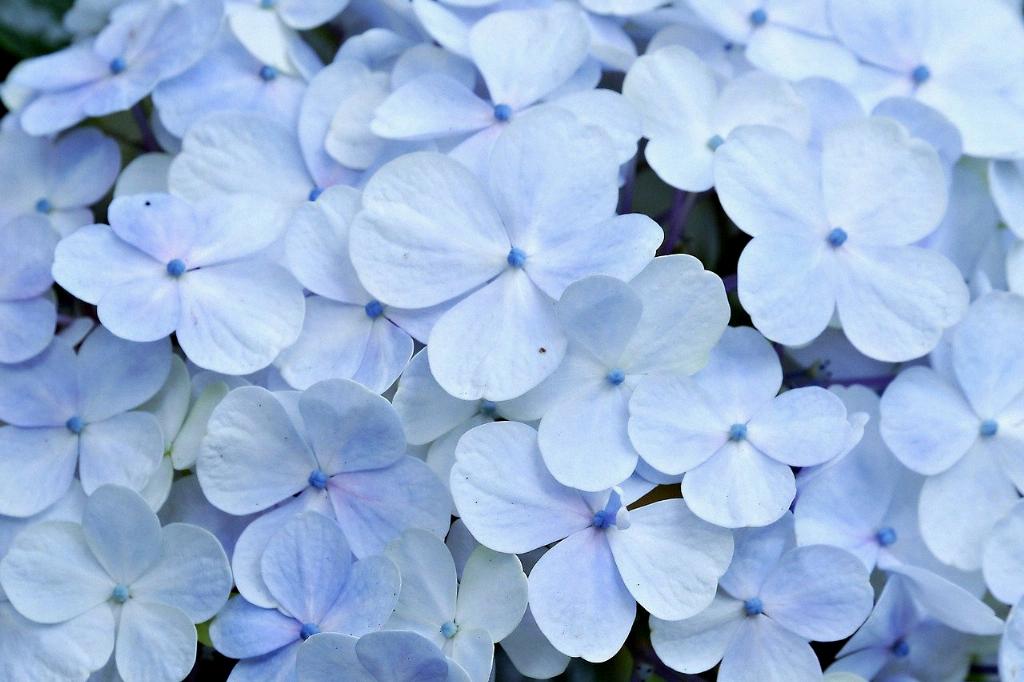If you’ve noticed your once vibrant hydrangea flowers starting to turn brown, you’re not alone. This common issue can be quite frustrating for gardeners, but understanding the reasons behind it can help you address the problem effectively.
Soil pH Levels Matter
One of the leading causes of brown hydrangea flowers is imbalanced soil pH levels. Hydrangeas thrive in slightly acidic soil, with a pH level between 5.5 and 6.5. Either extreme acidity or alkalinity can negatively impact the health of your plants, leading to browning of the flowers.
The Importance of Soil Testing
To determine the pH level of your soil accurately, it’s crucial to conduct a soil test. By understanding the current state of your soil, you can make informed decisions about the type of fertilizer needed to restore balance and prevent further browning of your hydrangea flowers.
Proper Fertilization Practices
Applying the right type and amount of fertilizer is key to ensuring the optimal health of your hydrangeas. If your soil is too acidic, adding lime can help raise the pH level. Conversely, if the soil is too alkaline, incorporating sulfur can help lower the pH to the desired range.
Adequate Watering Techniques
Hydrangeas require consistent watering to thrive, but over-watering can lead to root rot and browning of the flowers. It’s essential to strike a balance by providing adequate moisture without drowning the roots. Consider watering deeply but less frequently to promote healthy growth.
Sunlight Exposure
The amount of sunlight your hydrangeas receive can also impact the color and health of the flowers. While these plants prefer partial shade, excessive exposure to direct sunlight can cause stress and browning. Consider providing some shade during the hottest parts of the day.
Pruning Practices
Improper pruning can lead to browning of hydrangea flowers, as it can disrupt the plant’s natural growth cycle. It’s essential to prune at the right time and in the correct manner to encourage new growth and vibrant blooms. Avoid cutting back old wood, as this can limit flower production.
Pest and Disease Management
Infestations by pests such as aphids or diseases like powdery mildew can also contribute to the browning of hydrangea flowers. Regularly inspect your plants for any signs of pests or diseases and take appropriate measures to address them promptly to prevent further damage.
Climate Considerations
The climate in which your hydrangeas are growing can play a significant role in flower discoloration. Extreme heat or cold can stress the plants, leading to browning of the flowers. Consider providing some form of insulation during harsh weather conditions to protect your hydrangeas.
Enhancing Soil Drainage
Poor soil drainage can result in waterlogged roots and nutrient deficiencies, both of which can cause the flowers to turn brown. Amending the soil with organic matter such as compost can improve drainage and promote healthy root development, ultimately leading to vibrant blooms.
Seasonal Considerations
Hydrangeas may naturally undergo color changes throughout the growing season, with flowers transitioning from one hue to another. While some browning may be part of this process, excessive discoloration could indicate an underlying issue that needs to be addressed promptly.
Seeking Professional Advice
If you’ve tried various solutions and are still facing persistent issues with brown hydrangea flowers, consider seeking advice from a gardening expert or local extension service. They can offer personalized recommendations based on your specific growing conditions to help you revitalize your plants.

